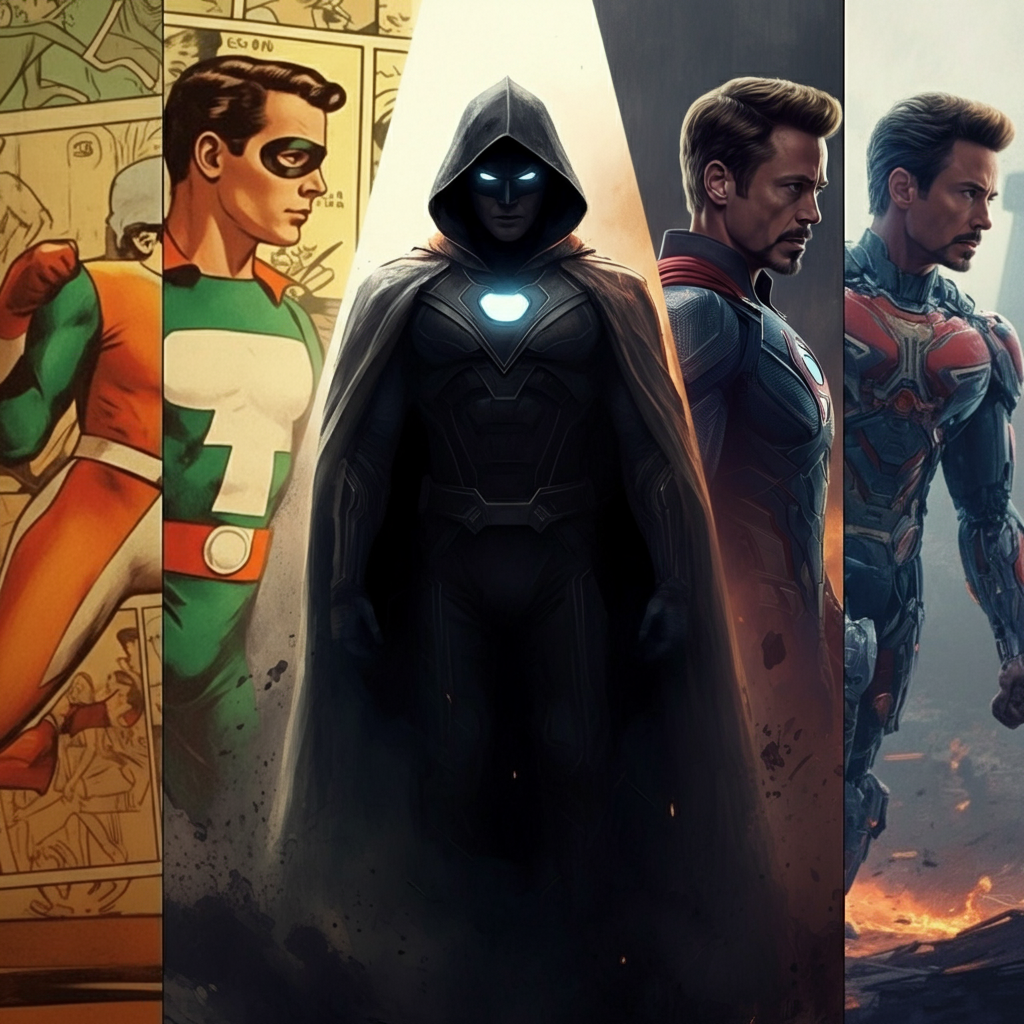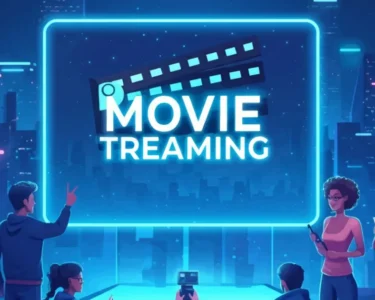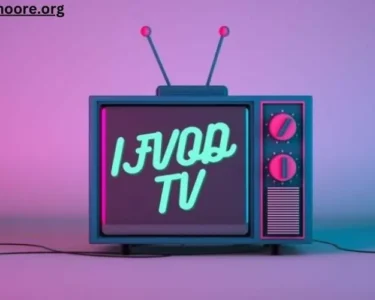Superhero movies have become a massive cultural phenomenon, captivating audiences across the globe with epic worlds, complex characters, and groundbreaking visuals. But this wasn’t always the case. The genre has gone through some remarkable changes, evolving from low-budget, campy productions to critically acclaimed blockbusters that dominate the box office.
Ever wondered how this transformation unfolded? From the humble beginnings of spandex-wearing heroes to today’s CGI spectacles, this blog will take you through the pivotal eras of superhero cinema and offer a glimpse into what the future might hold.
Early Days Campy Beginnings 1940s to 1980s
The origins of superhero movies can be traced back to the 1940s, a time when comic book heroes began leaping from the pages onto the big screen. However, these early attempts lacked the sophistication and spectacle audiences expect today.
One of the first superhero productions was the 1941 serial Adventures of Captain Marvel. Presented in short episodic formats, these serials were created as part of the Saturday matinee experience. While charming in their innocence, the limitations of technology and budget confined the storytelling to simple good-vs-evil plots. Costumes were often amateurish, and special effects (if they could be called that) were laughably rudimentary.
Fast forward to the 1960s, and the camp appeal took center stage with Batman (1966), starring Adam West and Burt Ward. The show’s cheesy dialogue, iconic “POW!” and “BAM!” fight sequences, and colorful aesthetics won over audiences. However, it didn’t aim to take itself seriously, reinforcing the perception that superhero stories were only for kids or pure escapist fun.
Throughout the 1970s and 80s, Superman took the lead in introducing more mainstream appeal with the Superman (1978) movie starring Christopher Reeve. This film achieved critical and commercial success by innovating with optical effects to create the illusion of a man flying. Yet, despite an improved budget and focus, the genre remained niche and riddled with B-grade productions like Howard the Duck (1986).
The Modern Age Begins 1989 to 2000s
The real transformation began in 1989 with Tim Burton’s Batman. This wasn’t the campy caped crusader audiences had grown accustomed to. Instead, Michael Keaton’s Bruce Wayne embodied darkness and complexity, contrasting sharply with previous portrayals. The gothic aesthetic, combined with Danny Elfman’s unforgettable score, elevated Batman into a cinematic event.
The 1990s also witnessed a subtle shift, albeit with mixed results. Films like Blade (1998) hinted at what could be achieved within the genre by targeting mature audiences. Then came X-Men (2000), a groundbreaking film that modernized superhero stories with themes of prejudice and acceptance, wrapped in an intelligently written script.
These movies set the stage for superheroes to not just entertain but deliver meaningful narratives. Audiences were beginning to see these films as more than just popcorn flicks, and Hollywood began to take the genre more seriously.
The Marvel Cinematic Universe 2008 to Present
If there’s one name synonymous with modern superhero movies, it’s Marvel. The Marvel Cinematic Universe (MCU), launched with Iron Man in 2008, revolutionized how superhero stories were told. Marvel, under Kevin Feige’s leadership, introduced the idea of an interconnected universe where characters and stories overlapped. This innovation kept audiences engaged over multiple movies and phases.
Titles like The Avengers (2012), Black Panther (2018), and Avengers Endgame (2019) broke box office records while simultaneously winning critical acclaim. These films balanced action-packed visuals with character-driven moments, ensuring audiences connected emotionally with their favorite heroes.
Key to the MCU’s success was its ability to appeal to everyone—from casual viewers to die-hard comic book fans. Marvel movies seamlessly blended humor, drama, and spectacular CGI, culminating in a recipe for blockbuster gold.
As of today, the Marvel juggernaut continues to expand with shows on Disney+, creating an endless stream of content for fans. Superheroes, in this context, are no longer stand-alone characters but part of a larger phenomenon that transcends cinema.
DC’s Dark Knight Trilogy 2005 to 2012
While Marvel ruled the shared-universe game, DC was seizing its chance to tell grounded and emotionally gripping stories. Christopher Nolan’s Dark Knight Trilogy redefined what superhero movies could aspire to be. Starting with Batman Begins (2005) and culminating in The Dark Knight Rises (2012), Nolan’s take on Batman focused on realism, morality, and existential dilemmas.
The Dark Knight (2008), featuring Heath Ledger’s masterful performance as the Joker, became the first superhero movie to gross $1 billion worldwide. Nolan’s trilogy proved that superhero films could be both financially successful and critically revered. With its darker tone and philosophical depth, it appealed to a broader demographic of viewers seeking thought-provoking narratives alongside action-packed sequences.
The Future of Superhero Movies
What’s next for superhero cinema? While the landscape has already grown tremendously, there are several exciting trends on the horizon:
- Multiverse Exploration: Movies such as Spider-Man No Way Home and The Flash hint at the exciting possibilities of exploring parallel universes.
- Diverse Stories and Representation: Studios are increasingly focused on delivering unique perspectives with films like Shang-Chi and Black Panther paving the way for diversity-inspired storytelling.
- Rise of Streaming Superheroes: Platforms like Disney+ and HBO Max have already begun creating high-quality serialized superhero content, catering to the binge-watch culture.
- AI and Technology-Driven CGI: With the advent of AI in Hollywood, technologies to further enhance realistic visuals will undoubtedly evolve. Studios may rely on platforms like SSR Movie visual creators for cutting-edge CGI.
However, as exciting as these trends are, the biggest challenge lies in oversaturation. Audiences are starting to grow weary of formulaic storytelling. Future superhero films must focus on innovation to remain engaging. Could we see superhero films that blur genres, or perhaps darker, arthouse explorations within the genre?
Your Turn to Be A Superhero Fan
Superhero movies have undeniably come a long way, evolving from cheesy escapism to beautifully crafted tales that reflect real-world issues and entertain millions. Whether you’re a fan of Marvel’s interconnected universe, DC’s grittier stories, or the nostalgia of classic superhero camp, there’s no denying the power of this genre in shaping modern cinema.
What do you think the next big superhero trend will be? Share your thoughts, and don’t forget to subscribe to our updates for more movie insights and discussions.



